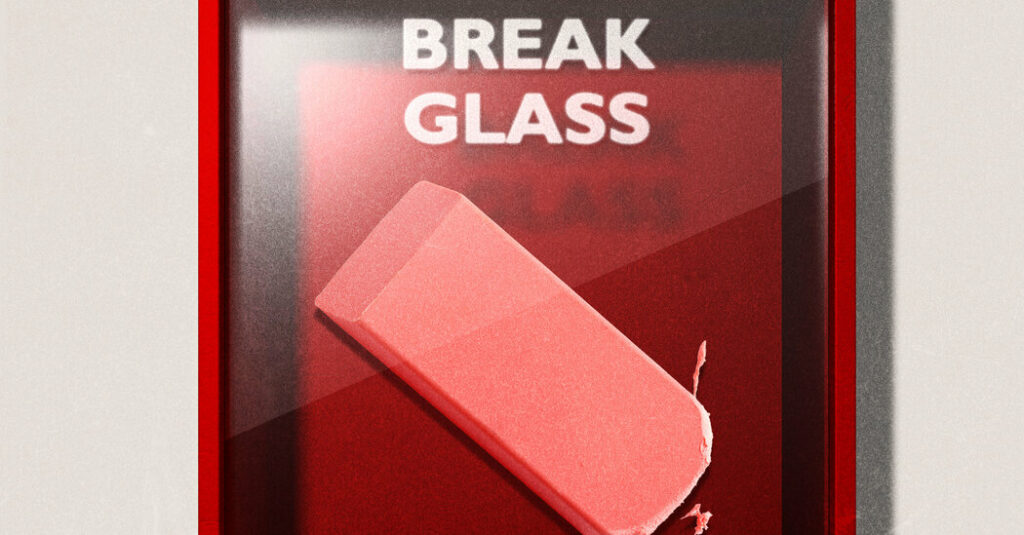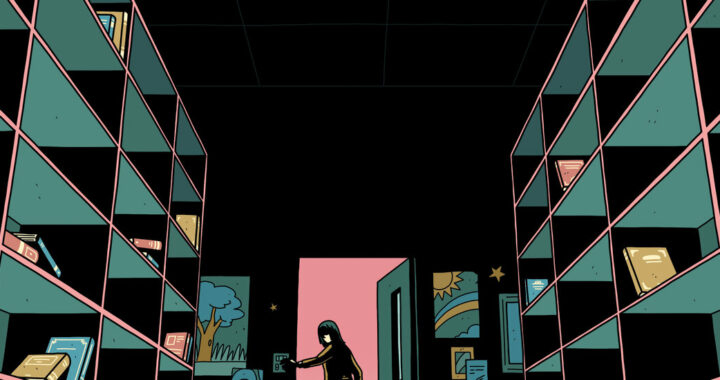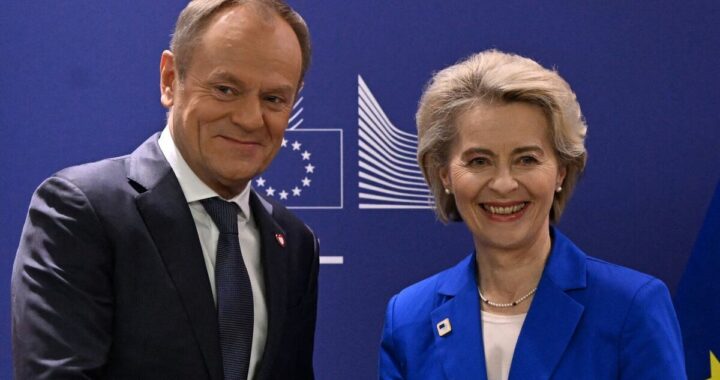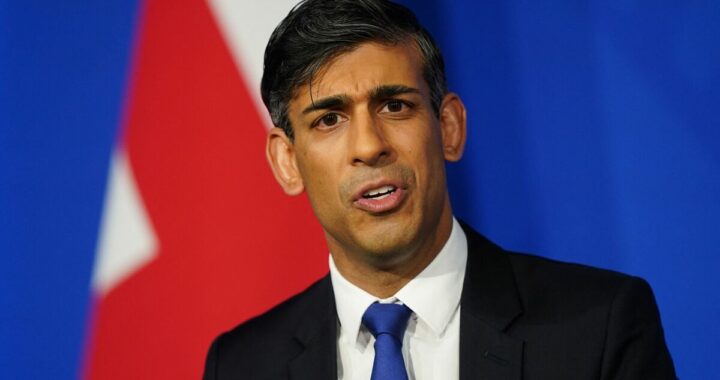Opinion | None Dare Call it Victory
4 min read


By Paul Krugman
Opinion Columnist
Flation — whether in- or de- — is, other things being equal, a bad thing.
Money is the economy’s unit of account, the yardstick we use to calculate profit and loss, make contracts, specify debts and more. It’s problematic when that yardstick keeps changing length, when you have to worry about how much stuff a dollar will buy in the future.
Nonetheless, the Federal Reserve, like all major central banks these days, doesn’t aim for complete price stability, or in other words, for 0 percent inflation. Why? Mainly because an economy with modest inflation will normally have somewhat higher interest rates than one with zero inflation — a phenomenon known as the Fisher effect. And this means that low but positive inflation gives the Fed more room to cut rates in the face of a recession.
Back in the 1990s, policymakers and economists converged on the view that a 2 percent target achieved more or less the right trade-off between these competing objectives: low enough that people wouldn’t have to think too much about the future value of money, high enough that the economy would rarely hit the zero lower bound, that is, a situation in which cutting interest rates even all the way to zero wouldn’t be enough to restore full employment.
But they were wrong. In 1999, an influential Fed paper estimated that with a 2 percent inflation target, the economy would be at the zero lower bound only 5 percent of the time. Since that paper was released, we have in fact been at near-zero interest rates more than a third of the time:
As a result, many economists now believe that the 2 percent target was a mistake, that it should have been 3 or even 4 percent. For what it’s worth, economists of a certain age remember Ronald Reagan’s second term, when inflation averaged around 4 percent, and few thought of it as a terrible problem:
In mid-2022, with inflation running around 9 percent, the question of whether a 2 percent target was too low may have seemed remote and abstract. Even then, however, some of us questioned whether the Fed should be fixated on getting inflation all the way back to 2 percent. Why not stop at, say, 3 percent and declare the job done?
And life, it turns out, comes at you fast. Inflation has plunged this year — defying predictions that disinflation would require a big rise in unemployment. Most measures of “underlying” inflation — a somewhat ill-defined concept, but basically an attempt to abstract from temporary factors like fluctuations in the price of oil or used cars that can cause month-to-month inflation to bounce around — are currently running in the vicinity of, yes, 3 percent. Here, for example, is a measure from the New York Fed that uses some fancy statistical filtering to extract what is supposed to be the underlying inflation trend and currently puts the rate at 2.9 percent:
Worker compensation appears to be rising at around 4 percent, which given normal productivity growth would mean inflation of around 3 percent:
And so on down the line.
So if the 2 percent target was probably a mistake, and if we could do it over again, we’d probably go for 3, why not just declare victory over inflation today?
OK, I’ve been in meetings with current and former central bankers, and the reaction you get if you suggest accepting current inflation and revising the target accordingly is more or less the reaction I imagine you’d get if you waved a Pride flag at a DeSantis rally (although you’re less likely to get beaten up or shot). Why?
The main answer seems to be concerns that accepting somewhat higher inflation — even if the economics suggest that the conventional target is too low — would damage central banks’ credibility. That’s not an entirely foolish concern, although monetary credibility probably matters much less for real-world inflation than central bankers tend to imagine.
On the other hand, should policy be permanently locked into a target that now looks wrong out of fear that changing it will make policymakers look weak?
At this point I see three ways this could go:
The Fed could adopt the position attributed (dubiously) to John Maynard Keynes — “When the facts change, I change my mind” — and openly adopt a new inflation target.
The Fed could adopt a policy of strategic hypocrisy, insisting that its target hasn’t changed while in practice allowing inflation close to 3 percent for several years; then, once it has become clear that such a policy won’t allow runaway inflation, finally change the formal target.
The Fed could put its money (supply) where its mouth is and do whatever it takes to get inflation all the way back down to 2 percent, even if this involves a recession.
As far as I can tell, Option 1 just isn’t on the table. Option 2 looks like the most likely strategy. But it’s possible that the Fed will feel obliged to prove its toughness by getting back to 2 percent, even though that’s probably bad economics.
If the Fed does seem to be going that route, however, policymakers should be challenged: Should American workers really be asked to lose their jobs for someone else’s mistake?
Quick Hits
The history of 2 percent.
Why dire views about disinflation were wrong.
Wait, wasn’t inflation supposed to be sticky at 4 to 5 percent?
Business inflation expectations are falling.
Facing the Music
Life beyond macroeconomics.
Paul Krugman has been an Opinion columnist since 2000 and is also a distinguished professor at the City University of New York Graduate Center. He won the 2008 Nobel Memorial Prize in Economic Sciences for his work on international trade and economic geography. @PaulKrugman
Site Index
Site Information Navigation
Source: Read Full Article






